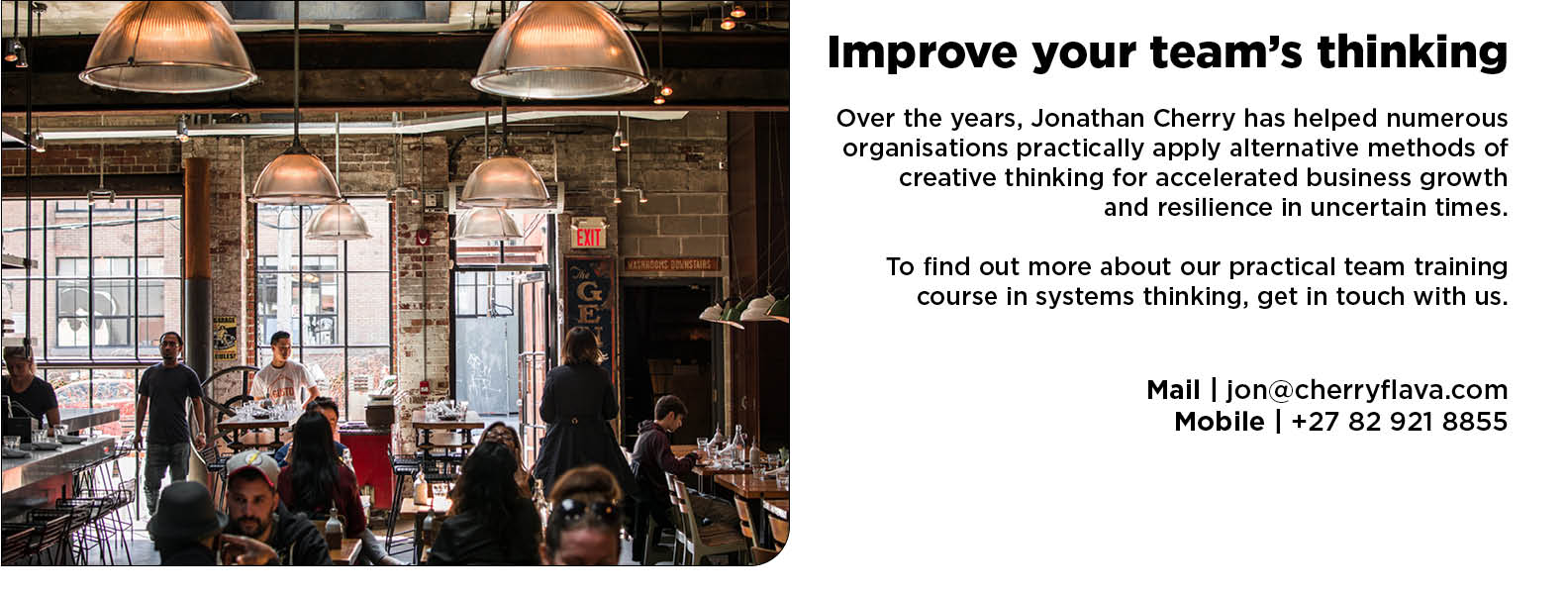Why are there mirrors in elevators?
Do you know why most elevators, and elevator lobbies, today have mirrors?
Do you know why most elevators, and elevator lobbies, today have mirrors?
The reason is that they solve a very real, old engineering problem.
The story goes that in New York City there was an old multi-story building that had slow lifts.
At peak times during the day the waiting time for the lifts were particularly unbearable and people grew increasingly agitated at the ongoing situation.
The tenants of the building complained to the landlord and threatened to end their leases if the problem with the slow lifts wasn't sorted out.
The building's management team decided to call in the experts.
Engineers and technicians from across New York City were summoned to the building to assess and hopefully fix the slow lift problem.
They investigated putting in faster motors, modernising the foundational lift structure - even replacing the entire set of lifts with new ones, but because of the age of the building and the design of the lift casings - none of these solutions were actually viable.

The engineers declared that the building, and its long-suffering tenants, would just have to live with the slow lifts.
The building's management were devastated at the verdict.
Out of desperation they called an urgent, general staff meeting to discuss the problem.
In that meeting was a young psychology graduate. With no formal training in engineering, the young man asked himself a different question about the slow lifts.
He wondered why it was that people were getting so irritated with the wait times of the lifts. At most, visitors to the building only needed to wait a few minutes for a lift, but were complaining as if there were no lifts at all.
He concluded that people must be suffering from boredom and suggested that management install mirrors in the elevator lobby, and in the lifts themselves, so that occupants could look at themselves and other people in the mirrors.
Management took the suggestion to heart; installed the mirrors and the complaints about slow lifts stopped.
That is why too this day, lifts and lift lobbies generally have a lot of mirrors everywhere.
This story illustrates the importance of carefully defining and understanding a problem before jumping into the process of hunting for a solution.
In this example the slow lift times were closely related to the people who were just standing around waiting for the lift of arrive, and their biased perception of how long that took.
The problem wasn't a slow lift, it was that people had nothing better to do with their time than focus on how long the lift was taking.
By refocusing their attention elsewhere - to an activity that was infinitely more pleasant - they forget about how long the lift is taking and the building managers found a solution that was a fraction of the cost of replacing all of the lifts.
Before you jump into the hunt for solutions, define what the problem is carefully - it'll save a lot of time and money.


